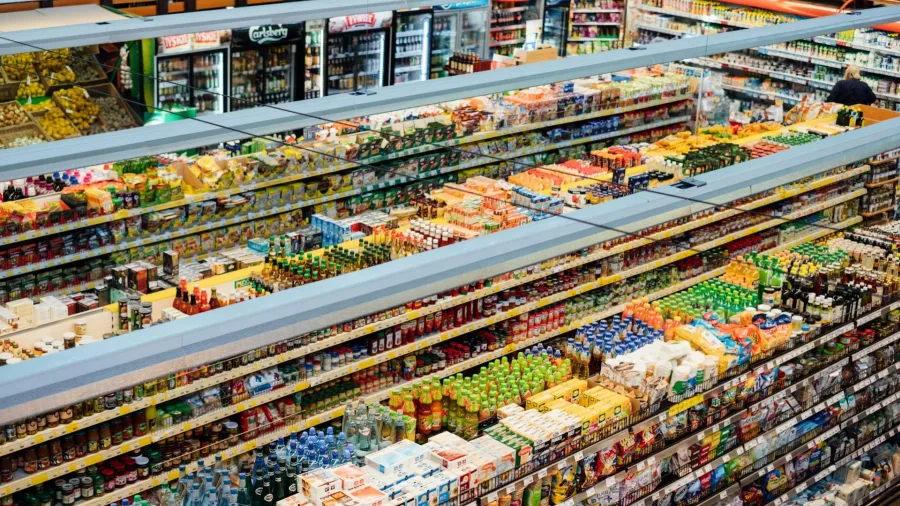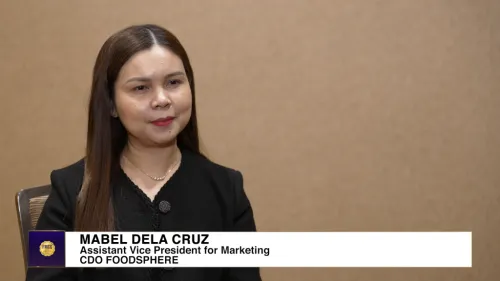
Asia’s FMCG market grows 2.8% in Q1 2025
It was driven by strong performance in food, beverages, and home care.
Asia’s fast-moving consumer goods (FMCG) market expanded by 2.8% year-on-year in the first quarter of 2025 amidst ongoing global economic uncertainty.
Growth was mainly driven by strong performance in food, beverages, and home care, whilst personal care saw moderate gains and dairy declined in value.
In North Asia, FMCG spending rose 1.9%, supported by gains in food, beverages, and home care. Mainland China recorded strong demand during the festive holidays, with lower-tier cities growing by 5.9% and town-level markets expanding by more than 10%.
Home care led growth in China, whilst personal care showed signs of recovery. Korea reported a 4.2% increase in FMCG value, fuelled by larger basket sizes, although shopping frequency continued to decline.
Taiwan delivered strong momentum with 8.8% value growth, driven by 8% growth in food and 11% growth in non-food categories.
Southeast Asia outpaced the regional average with 4.1% growth in FMCG spending, although consumer behavior remained cautious.
In Malaysia, the market grew by 1.6% as consumers made fewer shopping trips but spent more per visit, aided by festive promotions and lower average prices early in the year.
Indonesia posted 5.5% value growth, but volume declined for the first time, reflecting economic pressure and prompting consumers to seek better value or switch to lower-priced alternatives.
Thailand’s FMCG market grew 2.7%, a slowdown linked to prior government subsidies that advanced purchasing in late 2024, with no additional stimulus expected in 2025.
The Philippines recorded 5.5% growth, driven by increased spending per trip despite less frequent shopping. Vietnam saw its strongest first quarter in five years, as a rise in consumer prices for essentials and Tet holiday spending contributed to a moderate recovery in in-home FMCG.
India led South Asia with 7.1% value growth, including a 4.4% increase in volume and a 2.5% rise in average prices. However, both metrics grew at a slower pace than the previous year.
Whilst inflation is easing, higher-income households are shifting spending toward travel, dining, and lifestyle categories, whilst lower-income consumers continue to prioritize essential goods.
In the Middle East, the UAE recorded strong FMCG growth in Q1, driven by Ramadan sales and steady population growth.
Most categories are expanding, showing consumer optimism despite ongoing pressure.
Saudi Arabia saw a recovery in FMCG volumes, supported by more frequent shopping trips even as basket sizes remained tight, reflecting improved affordability and easing inflation.

















 Advertise
Advertise







